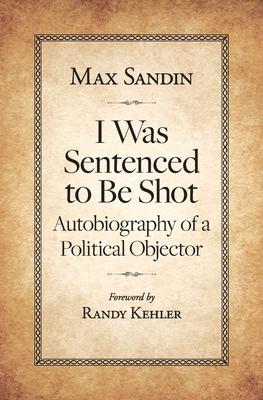In the words of author Max Sandin, "This is the story of my life, of my youth in Russia where I was born, went to cheder (school), and later in 1910 came to the United States where I was in 1918 sentenced to be shot, for refusing to take a gun, in the First World War."
This autobiography was drafted beginning in 1955 by self-described political objector and pacifist Max Sandin and edited by a friend in the 1960s. A circuitous tale follows that brings this book to light today. Max Sandin's story of absolute noncooperation with war and capitalism is compelling both for its historical significance and as an inspiration to antiwar and social justice activists today.
Born in Russia in 1889, Max Sandin escaped to the United States because he refused to serve in the Czar's army. A conscientious objector to World War I, he was imprisoned and sentenced to be shot. After the war his sentence was commuted, though not before he had been brutally beaten and tortured at Camp Funston, Kansas. During World War II he was one of 16 men who publicly refused to register under the "older men's draft." Before that war ended, he stopped paying federal income taxes because most of it was being used for military purposes.
A resident of Cleveland for his adult life, Max was first active with the Young People's Socialist League and the Socialist Party. He was a lifelong laborer, working as a painter, paperhanger, and organizer for the Painters' Union.
The current editors retained the original edited manuscript, added some text that was handwritten by Max but left out of the 1960s copy, and included a foreword by Vietnam-era war resister Randy Kehler who had met Max Sandin in 1963.
